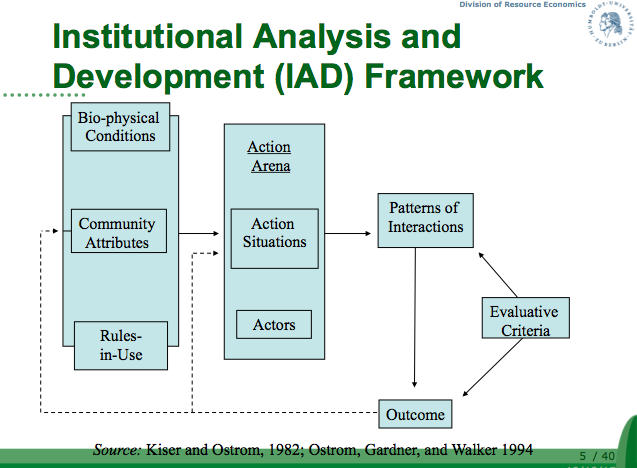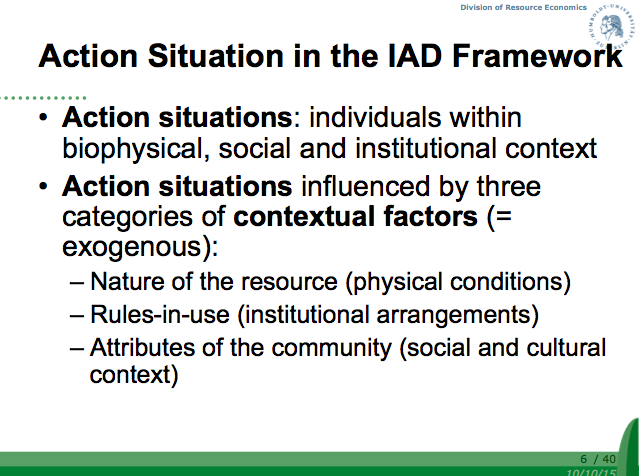Home | Overview | Schedule | Links
EVR 2861
Introduction Environmental Policy
Session Eight
Case Study 2: Who is Responsible for E-Waste?

Note:
The e-waste issue is global in scope and not just a U.S. problem so to understand the impact of the issue you will have to look overseas. In this case we are asking you to understand how the U.S. and Europe exports its e-waste to Asia and Africa.)
Reading:
Cohen, Steven (2014) Understanding Environmental Policy. New York, NY: Columbia University Press, Ch. 4.
Video: Exporting Harm: The High-Tech Trashing of Asia; E-Waste in Ghana;ToxiCity: Life At Agbobloshie, Ghana - The World's Largest E-Waste Dump
Homework:
- Briefly describe the nature and scope of the e-waste issue and why it is coming to the forefront as a public policy issue?
- How is the issue of e-waste impacting in Ghana and Asia?
- How do emerging nations outside the U.S. figure into this problem issue?
- Briefly illustrations of how states approach recycling e-waste as well as the role of state and federal regulations.
- Summarize international policies regarding e-waste.
- Apply Cohen's policy framework and address how approaches to e-waste in the U.S. are related to (1) values, (2) political issues, (3) science & technology concerns, (4) public policy design and (5) management.
- Now consider Ostrom's IADA framework illustrated below.
Thereafter consider how e-waste is handled in Gahana's massive e-waste dumps and then identify the pertinent "exogenous variables" to include biophysical conditions, community attributions and rules in use that produce "action situations" as described below. Finally describe those action situations which is to say the individual, social and institutional entities or policy players involved in the e-waste issue in Ghana.

